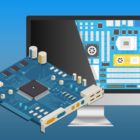How To Charge From Phone to Phone
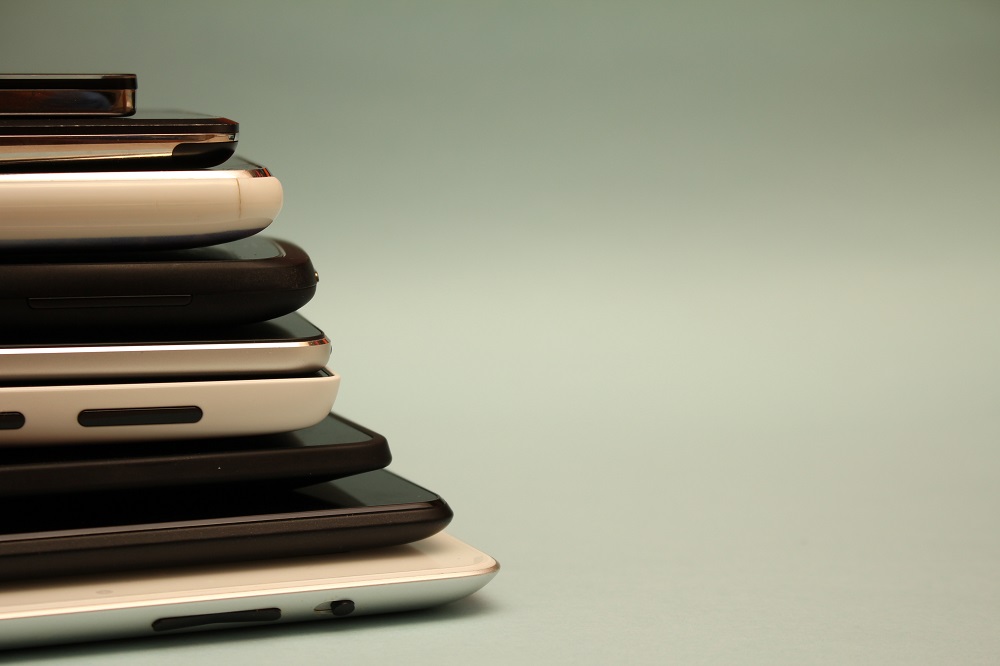
If you’re like most people today, you go through a full battery cycle in under a day. This happens because most smartphones run so many apps simultaneously that it’s hard to maintain enough battery power.
Another reason for this is that most people don’t charge their smartphones the proper way or maybe they don’t have enough time to reach a desirable percentage. So, you’re always faced with needing to charge the phone while driving, while in a meeting, while at a bar, or while riding the subway. You may have thus already invested in a portable power bank for your smartphone.
More and more people are also becoming interested in the concept of phone-to-phone charging. It’s not a new thing but it is becoming more widely available as the technology advances. Read on to learn more about this method and find out how you can do it.
When to Charge?
There still seems to be a bit of confusion in regards to when it’s time to charge your phone. Should you charge it when the battery is fully depleted or should you charge partially?
Today’s smartphones use lithium-ion batteries. As opposed to the old acid batteries, these benefit more from partial recharges and, in the long run, don’t respond particularly well to 100% drains.
It is recommended that you charge your phone when the battery is between 30% and 80% in order to improve its lifespan. It is also a good idea to refrain from charging the battery up to full each time.
Cable Charging

The most popular method of phone-to-phone charging involves using cables. These are special cables designed to transfer power from one battery to another. Keep in mind that most of these cables are very short, so you won’t get much freedom while the phone is charging.
Wireless Charging
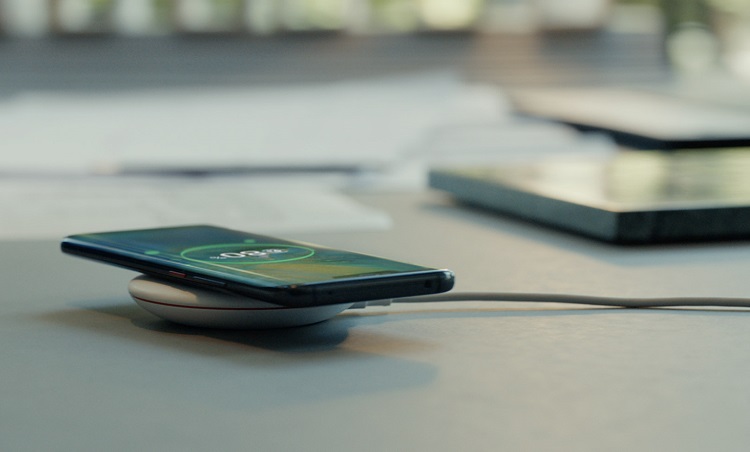
It took more than a century for Nikola Tesla’s dreams of wireless power transfer to come to life. For wireless charging to work, your smartphone needs to feature a receiver and a power transmitting pad as well as adhere to some specific standards.
Qi
This is a wireless charging standard adopted by manufacturers such as Samsung, HTC, Nokia, Sony, Apple, LG, Motorola, and Huawei. It is characterized by inductive charging distances of up to 40mm or 1.5”.
Powermat (PMA)
This standard is less used partly because it is associated with the Alliance for Wireless Power and not the more popular Wireless Power Consortium.
The Juicer
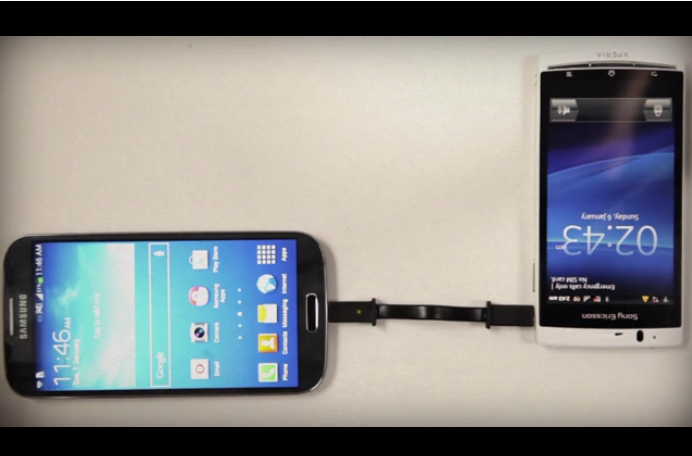
The Juicer is a phone-to-phone charging cable currently in development. The project is crowdfunded and promises to deliver a small cable that’s able to transfer power from one battery to another with minimal energy loss.
The developers have also hinted at the idea that the Juicer will be compatible with all smartphones, regardless of brand. Currently, the only chance of getting the Juicer cable is to join the waiting list with other supporters and donors of the project.
Mate 20 Pro
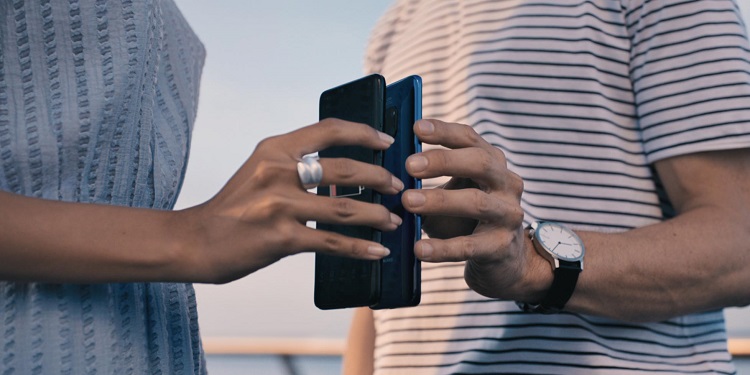
Huawei are currently designing a revolutionary (according to their engineers) smartphone called the Mate 20 Pro. Along with advanced high-def cameras, a powerful processor, and loads of software features, the smartphone is also designed to work as a charging station for any other smartphone with a Qi standard.
It will reportedly have the fastest 15W Qi wireless charging transfer rates on the market, well above the industry standard. Of course, it’s the compatibility with all other Qi-rated devices that makes the Mate 20 Pro a smartphone to look forward to.
The Potential Downsides of Phone-to-Phone Charging
Despite how convenient phone-to-phone charging might be, there are several cons to discuss here. First of all, regardless of the transfer method and the technology or standard used, the power drain on the main battery is usually very high.
There’s also the matter of accounting for different voltages and how this may cause overheating or cause both batteries to lose power simultaneously. This effect can be observed if you try pairing an Android device and an iPhone via a converted USB OTG cable.
Connecting the phones will show you that the drained battery is slowly gaining power but quickly losing it too. It also causes massive heat gains which are damaging to the battery and could lead to periodic system reboots or total system failures.
Should You Do It?
Assuming that the technology is perfected, compatibility is not an issue, and the power drain on the topped battery is not massive, should you opt for phone-to-phone charging? Because lithium-ion batteries respond well to periodic partial charging cycles, it won’t be a harmful thing to charge phone-to-phone.
However, the energy gains would be minimal, and they would take time. As such, it is still a lot easier to carry around a small power bank to get some juice when you need to make an emergency phone call or send an urgent email.













